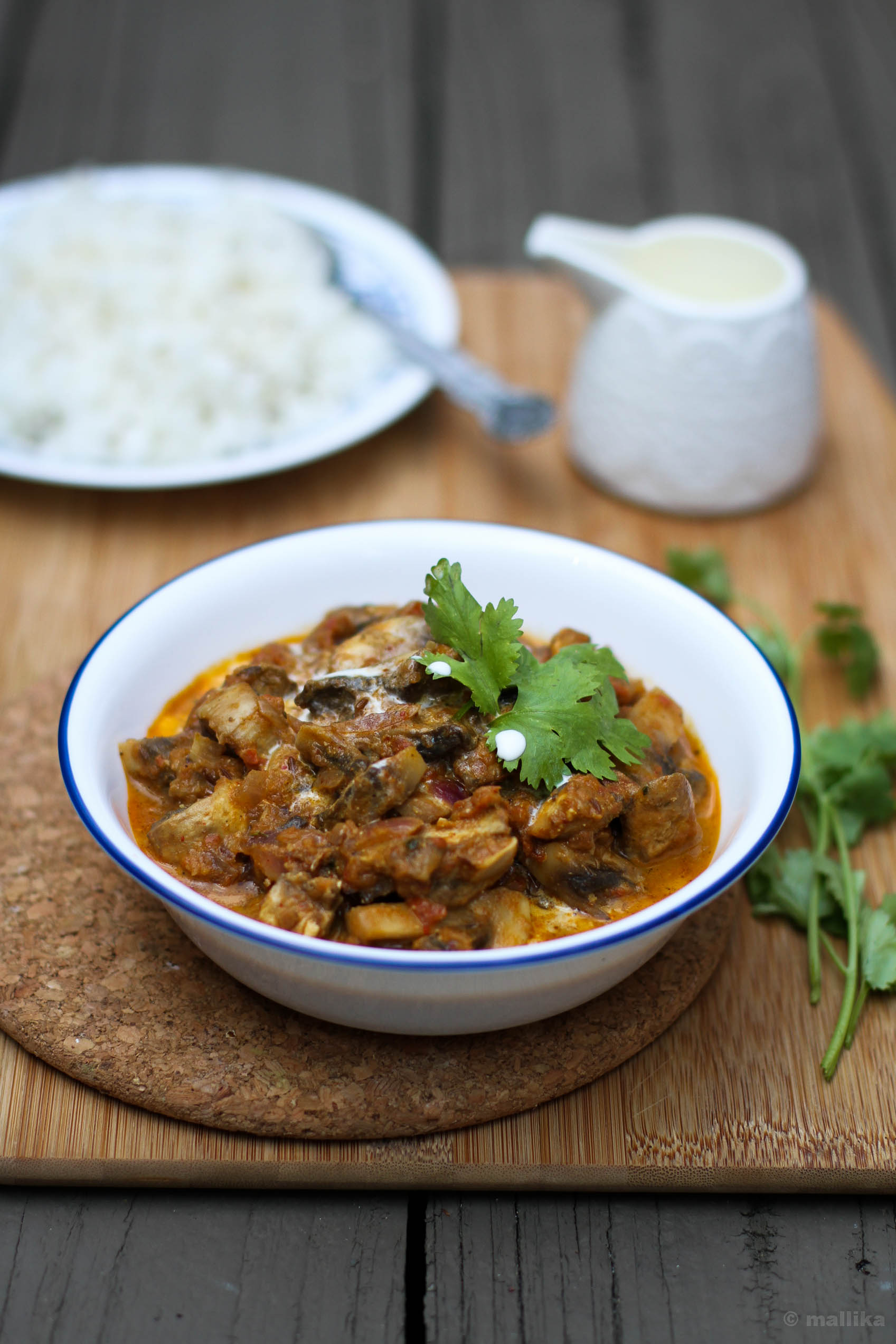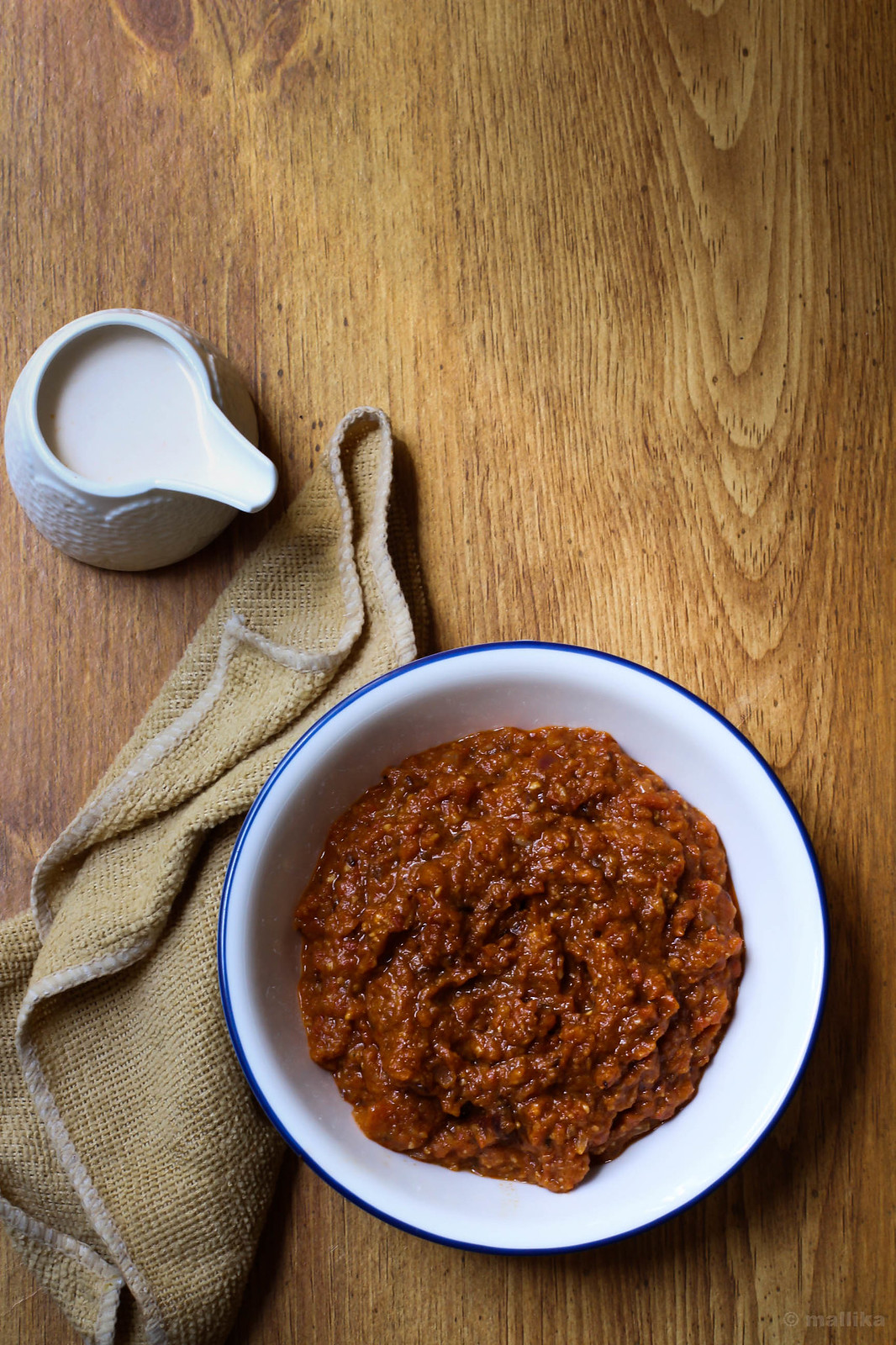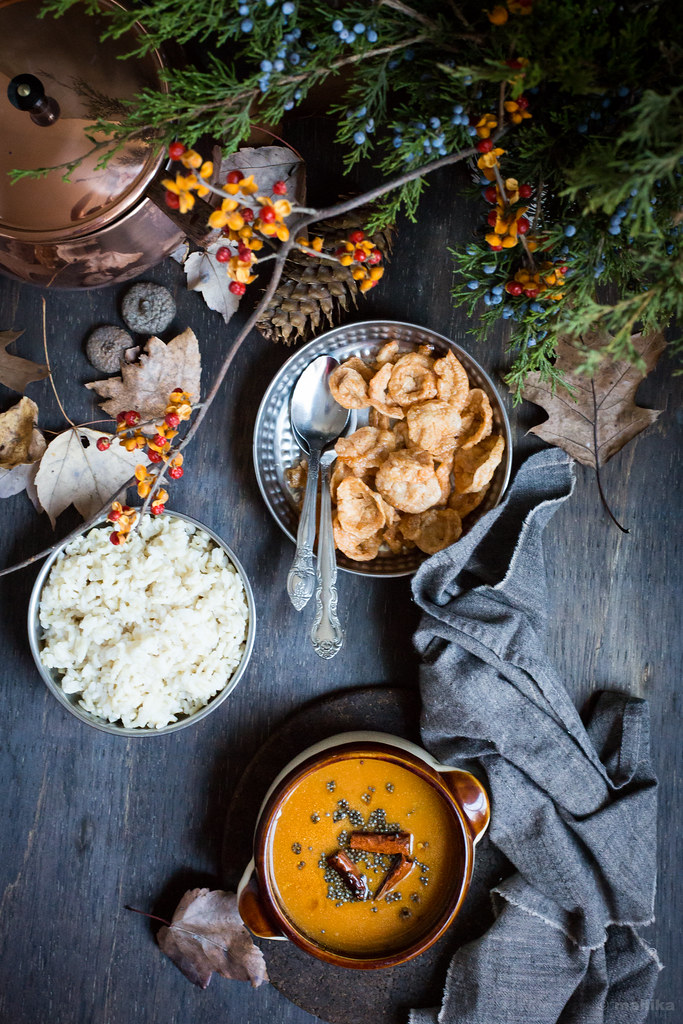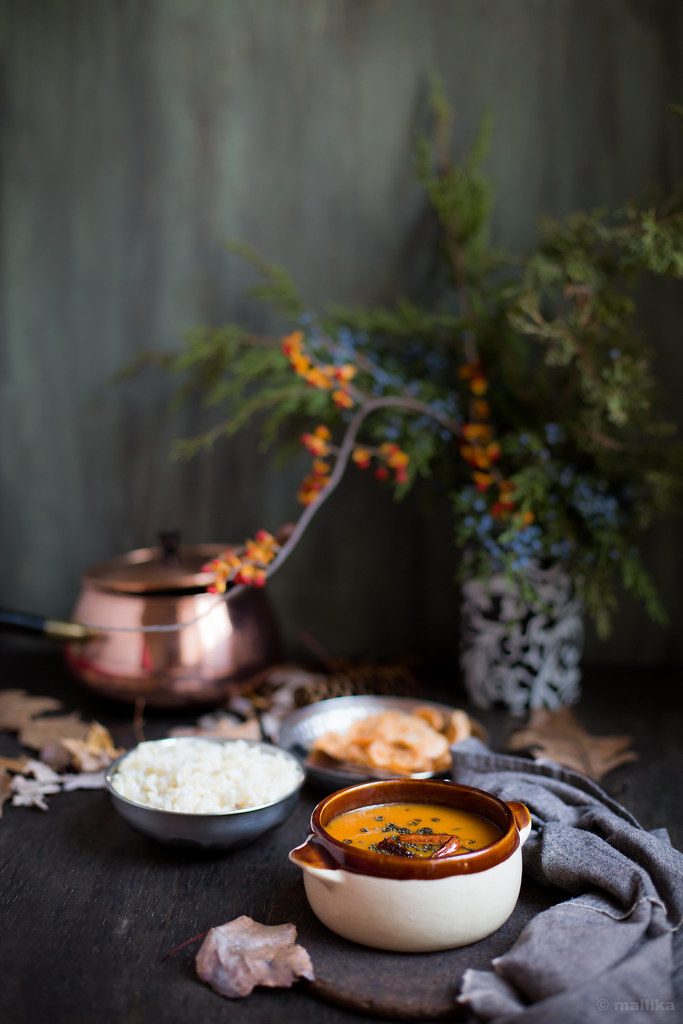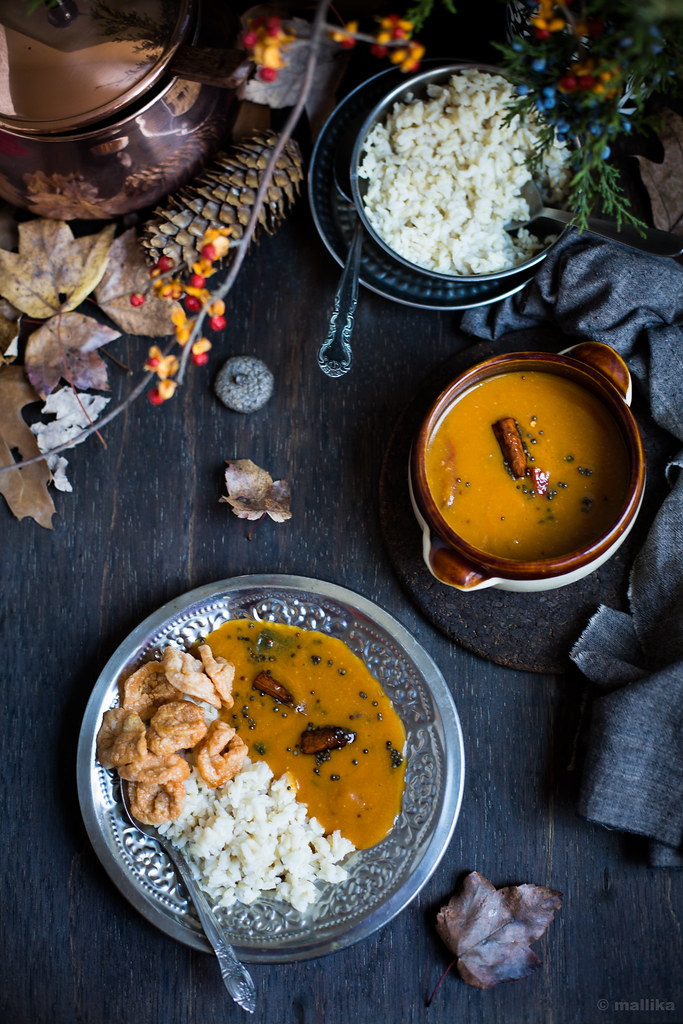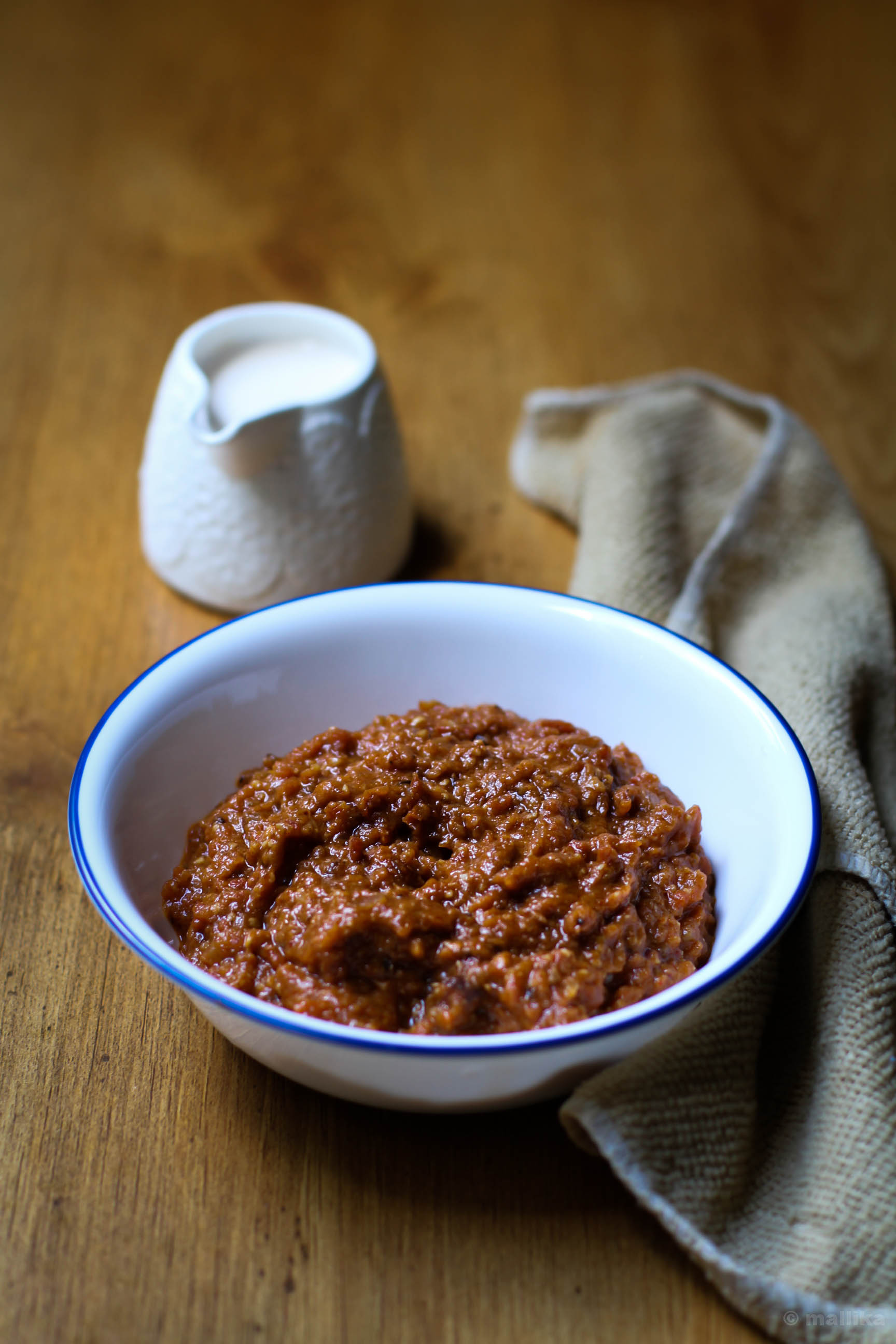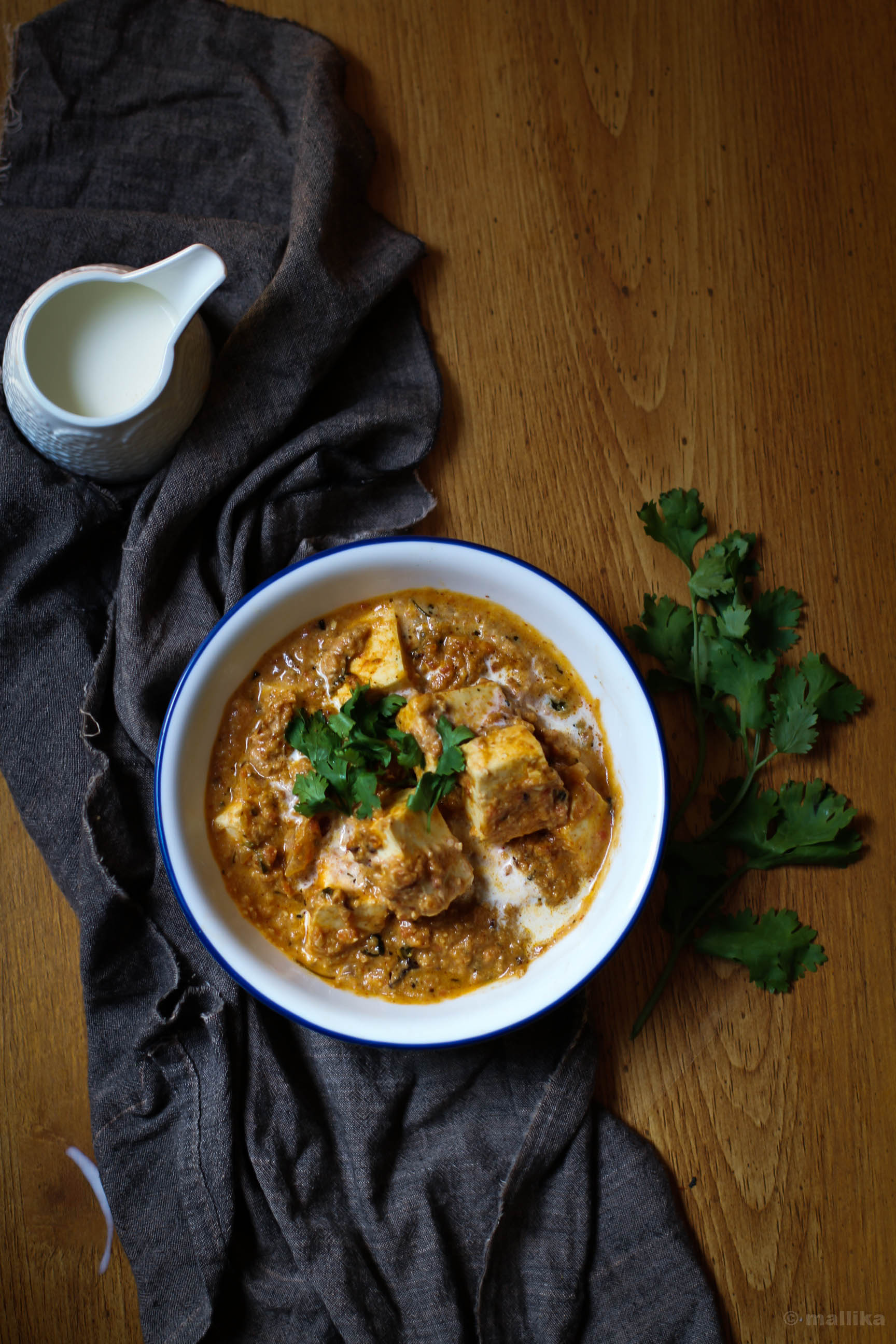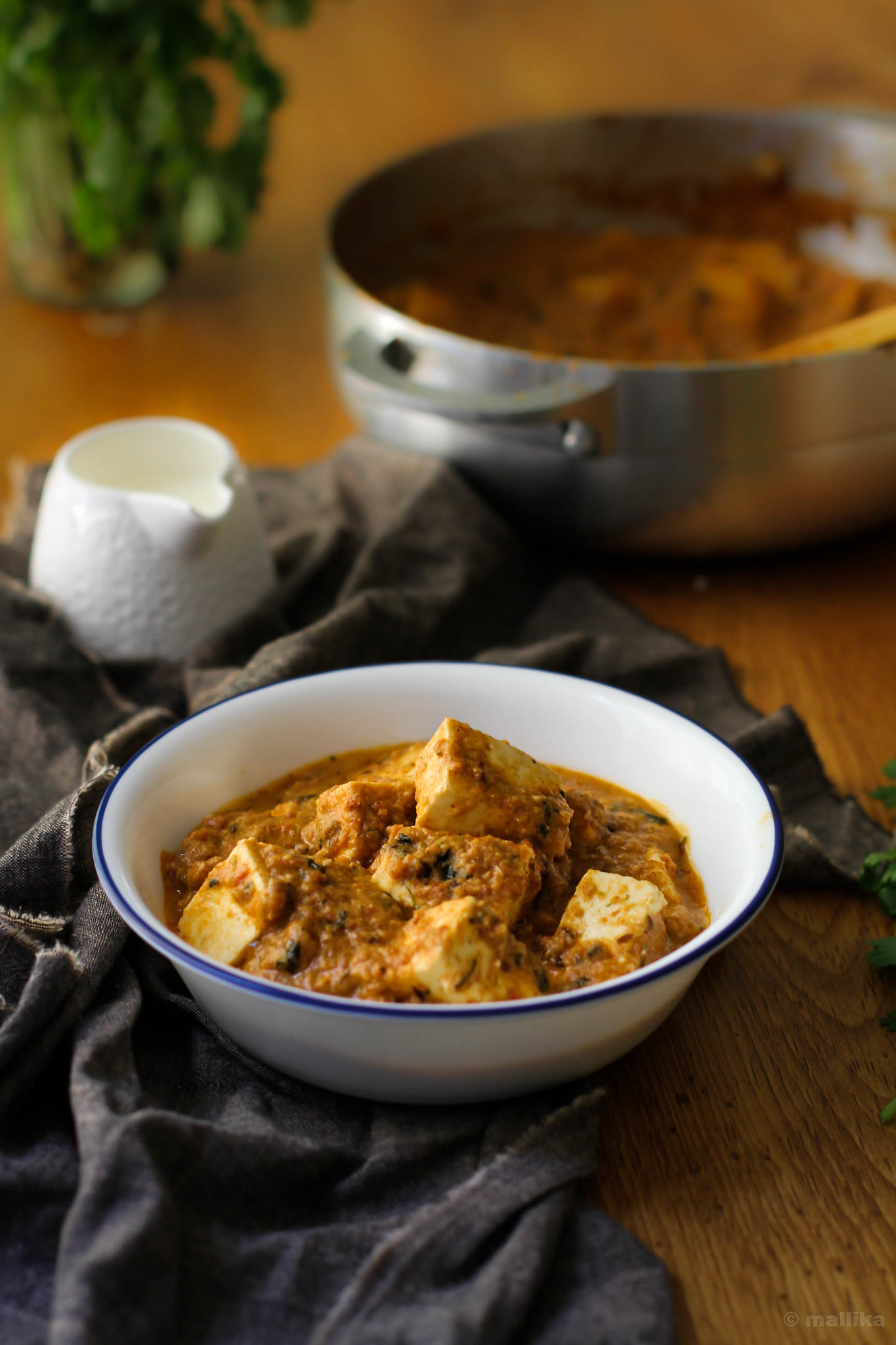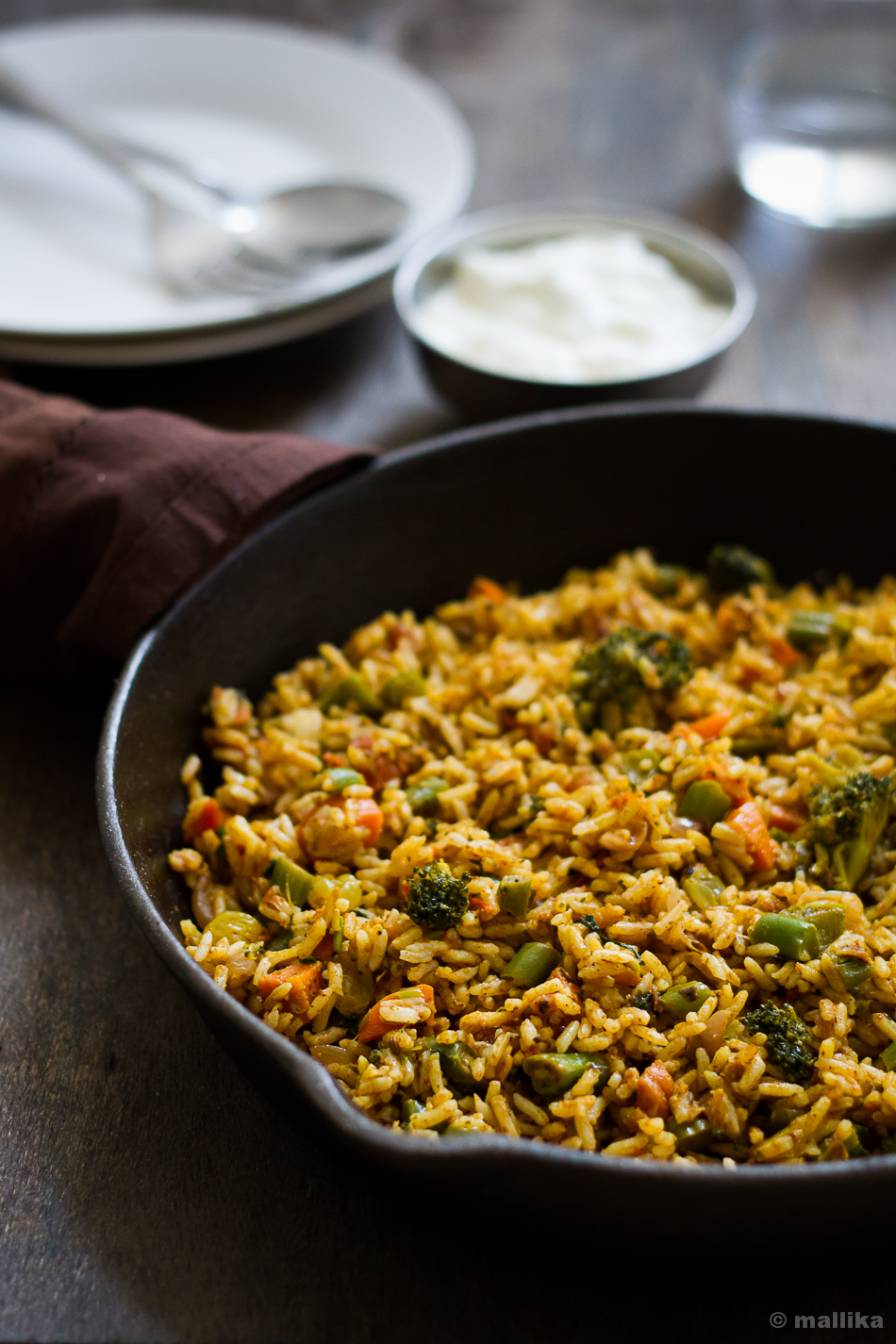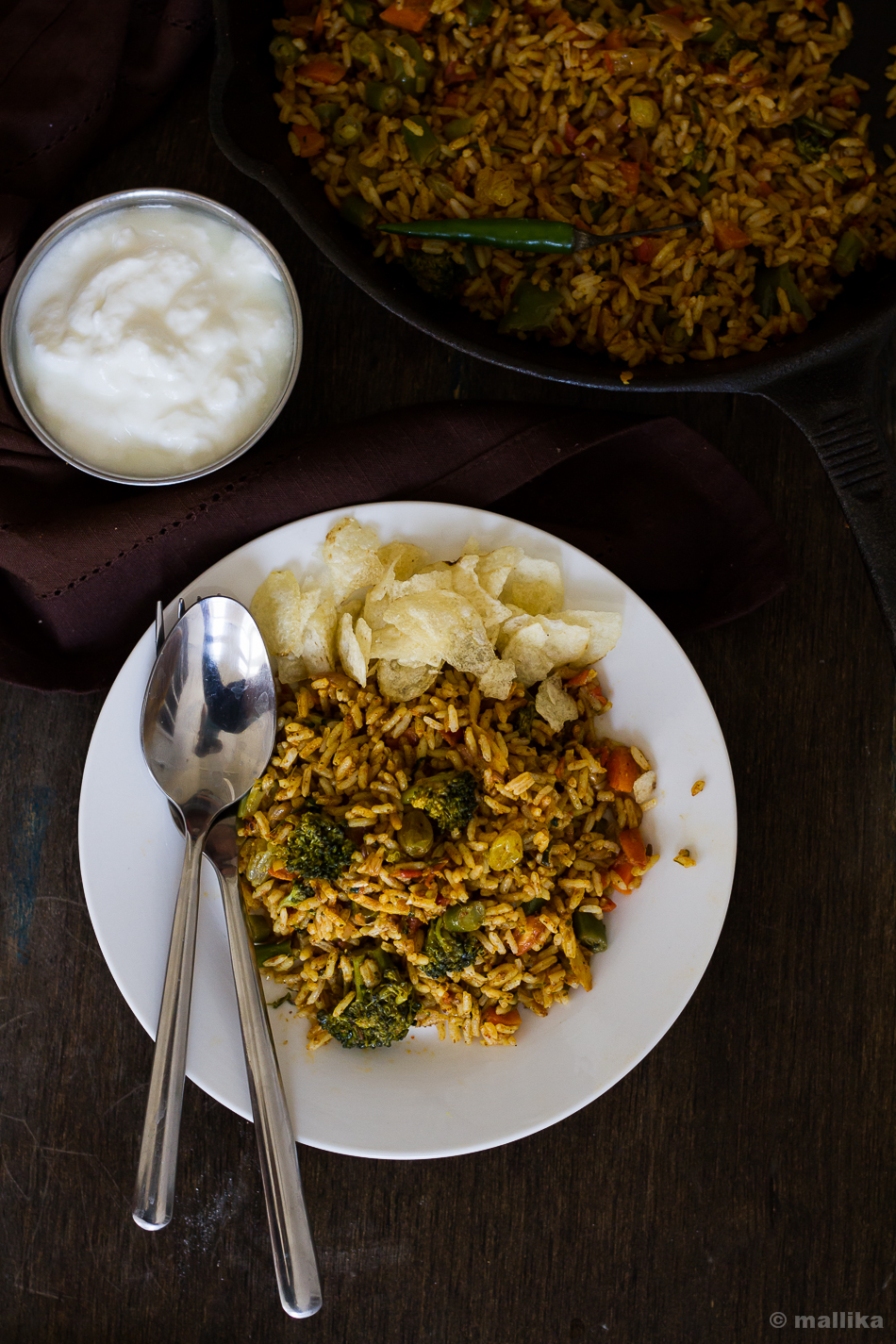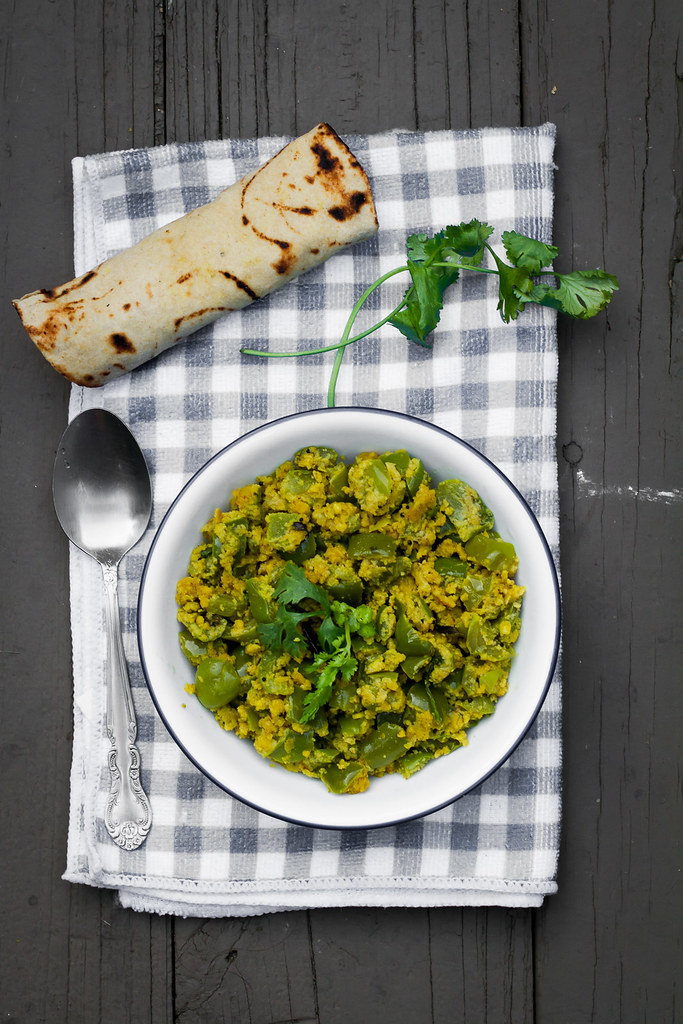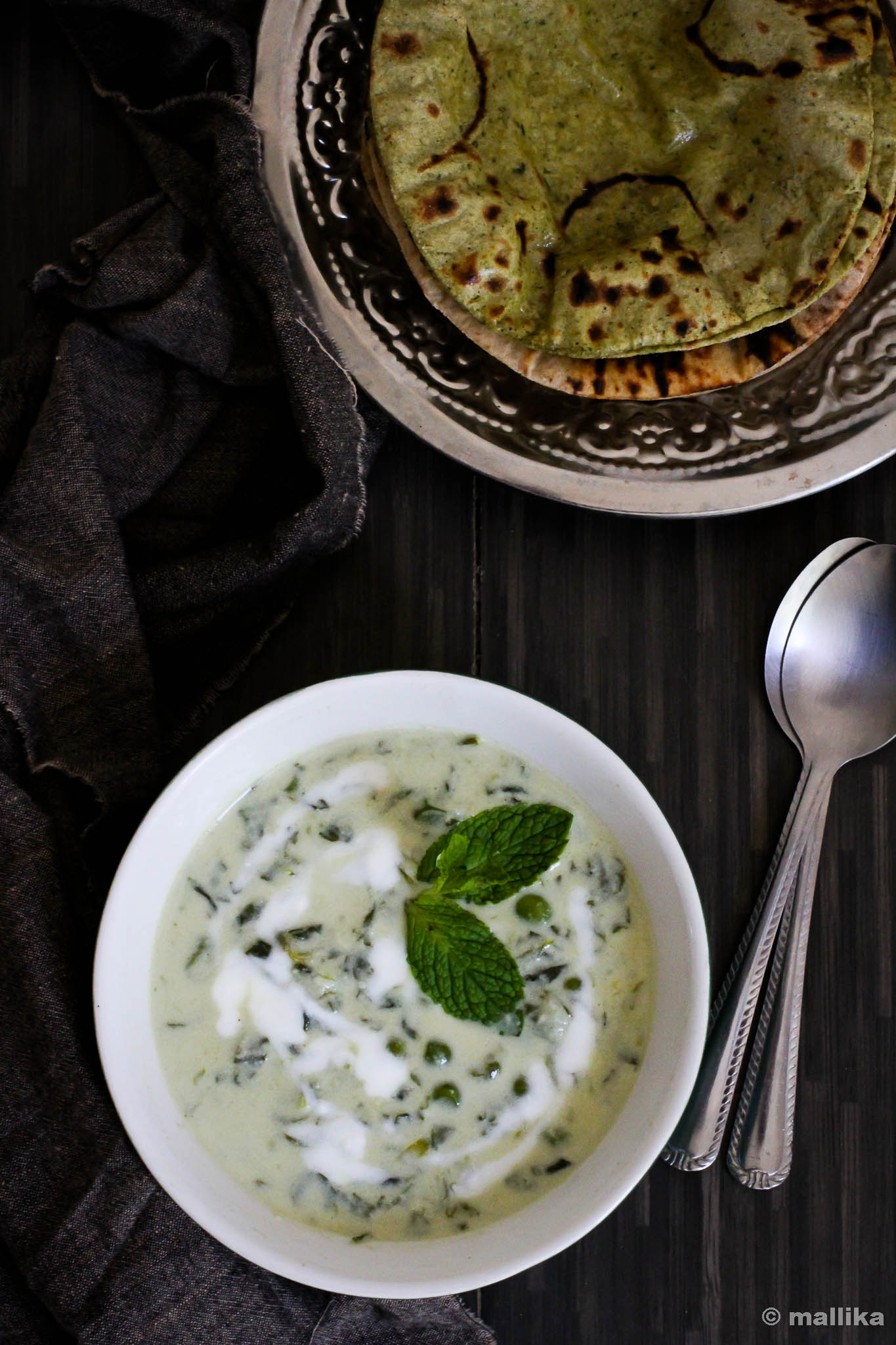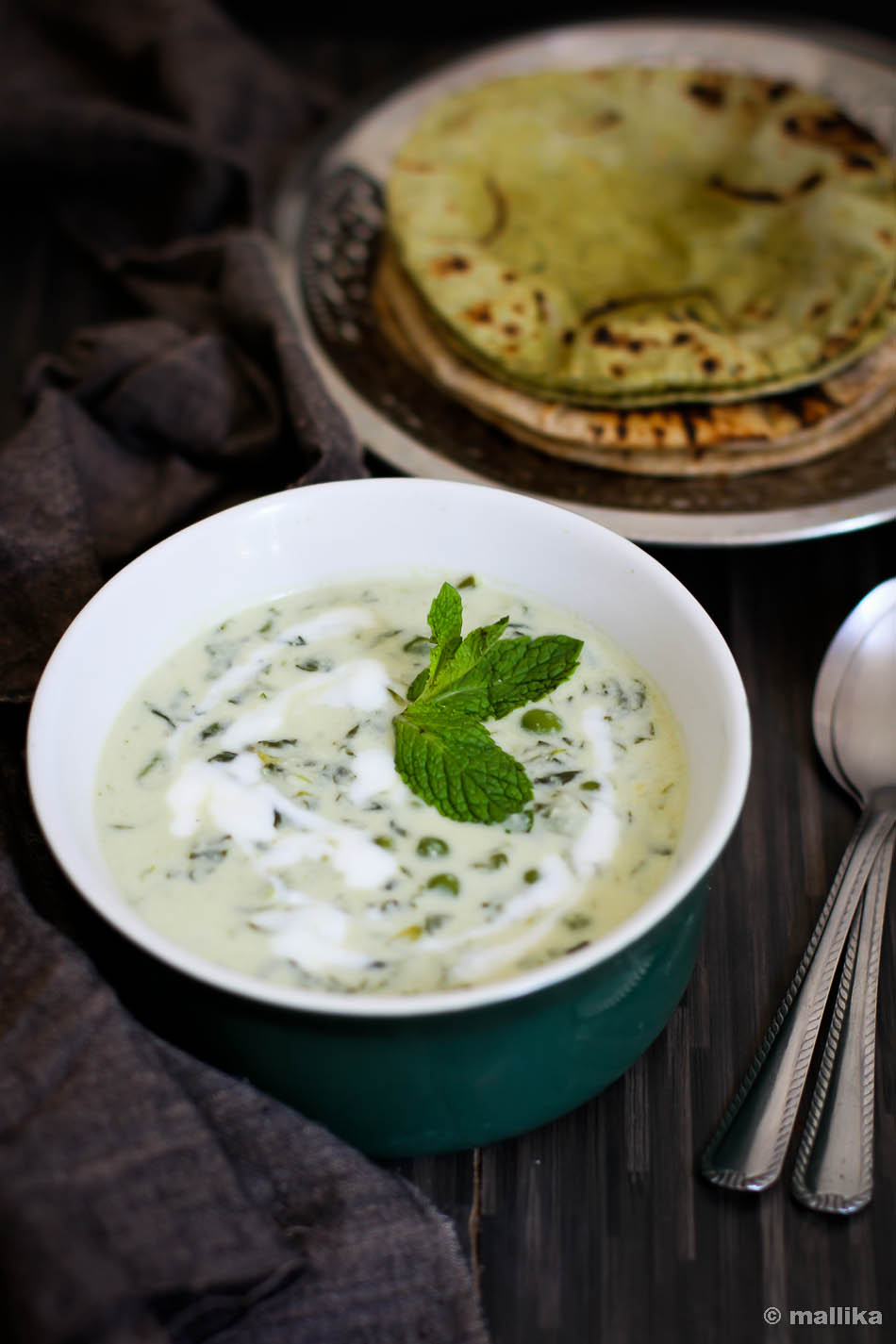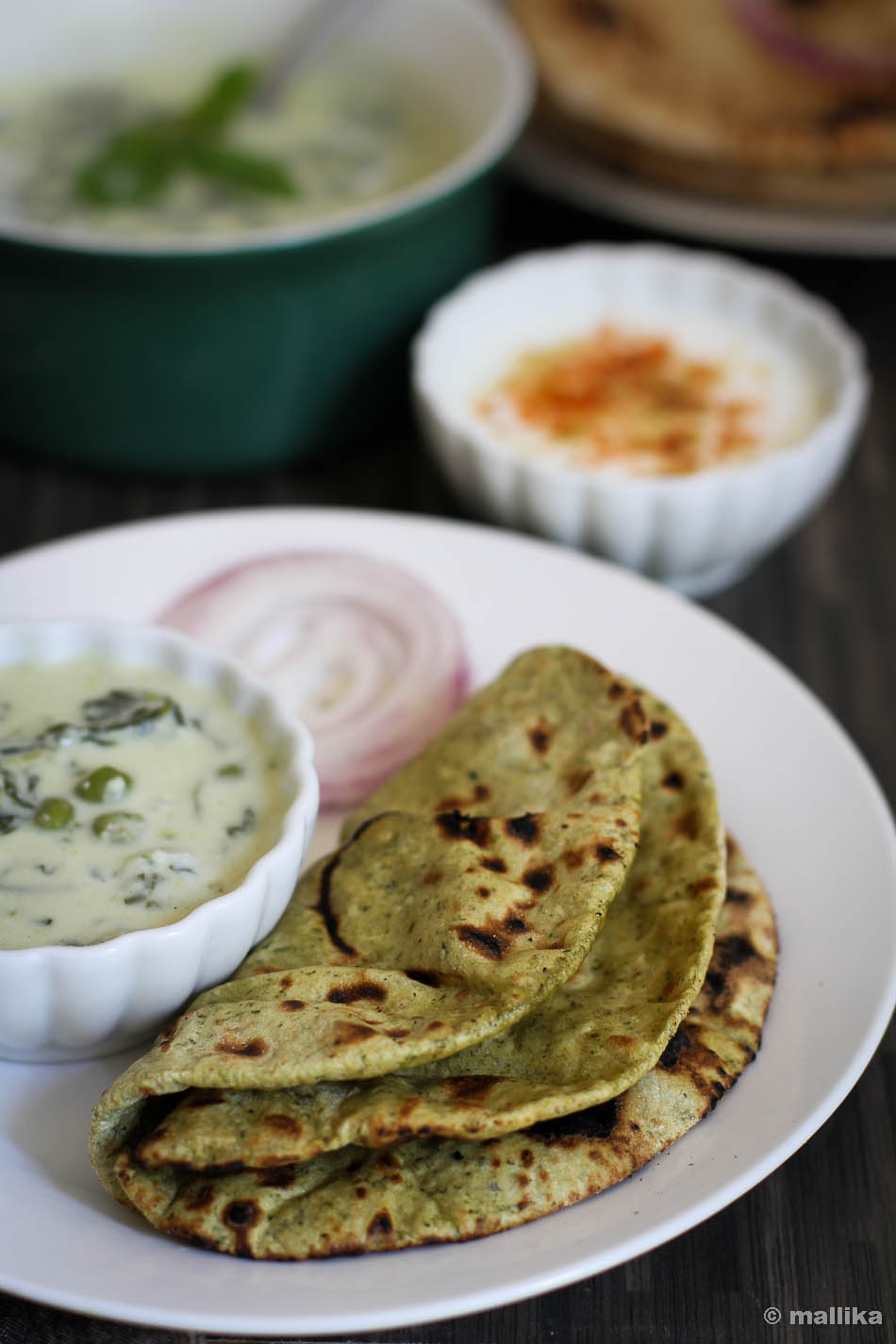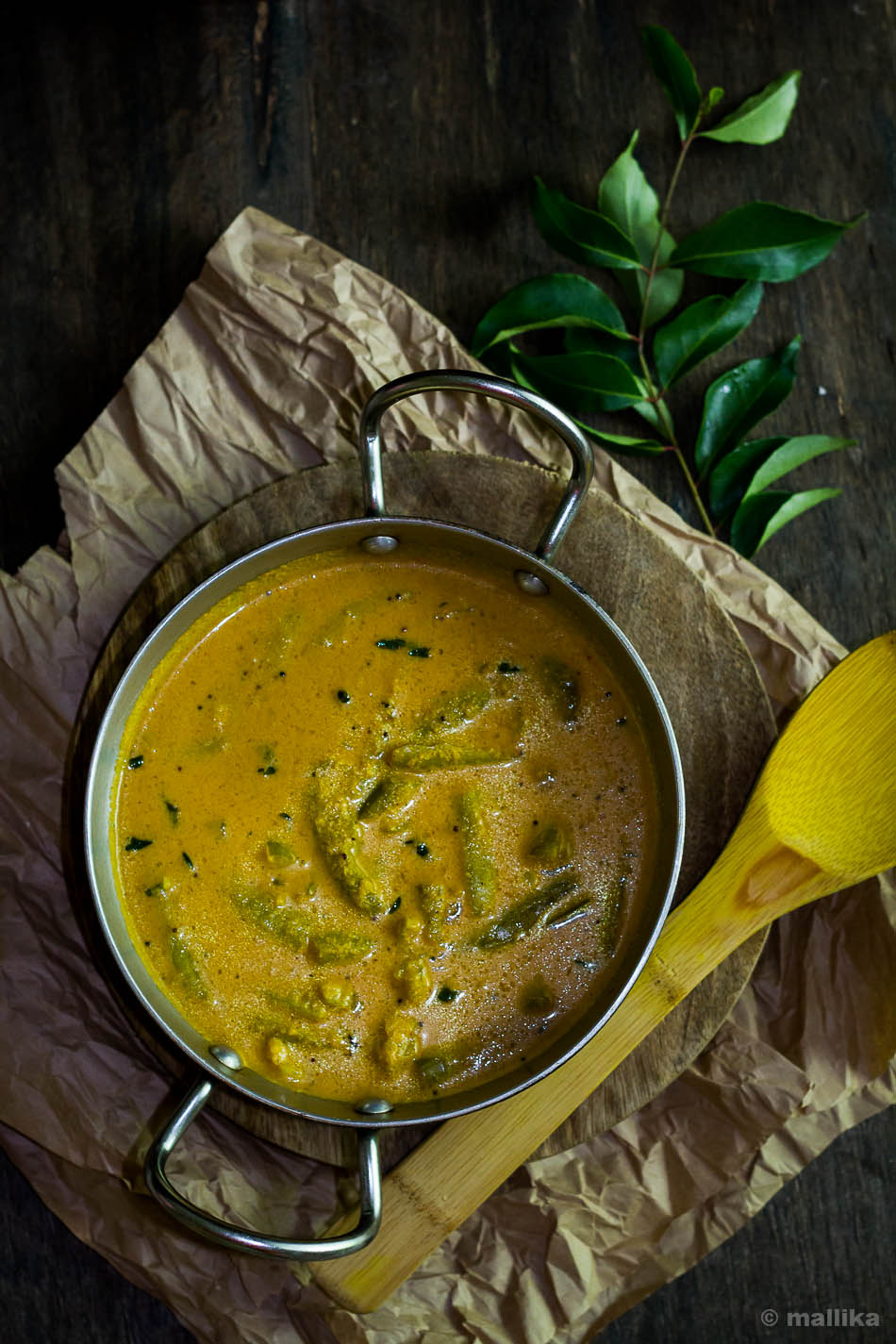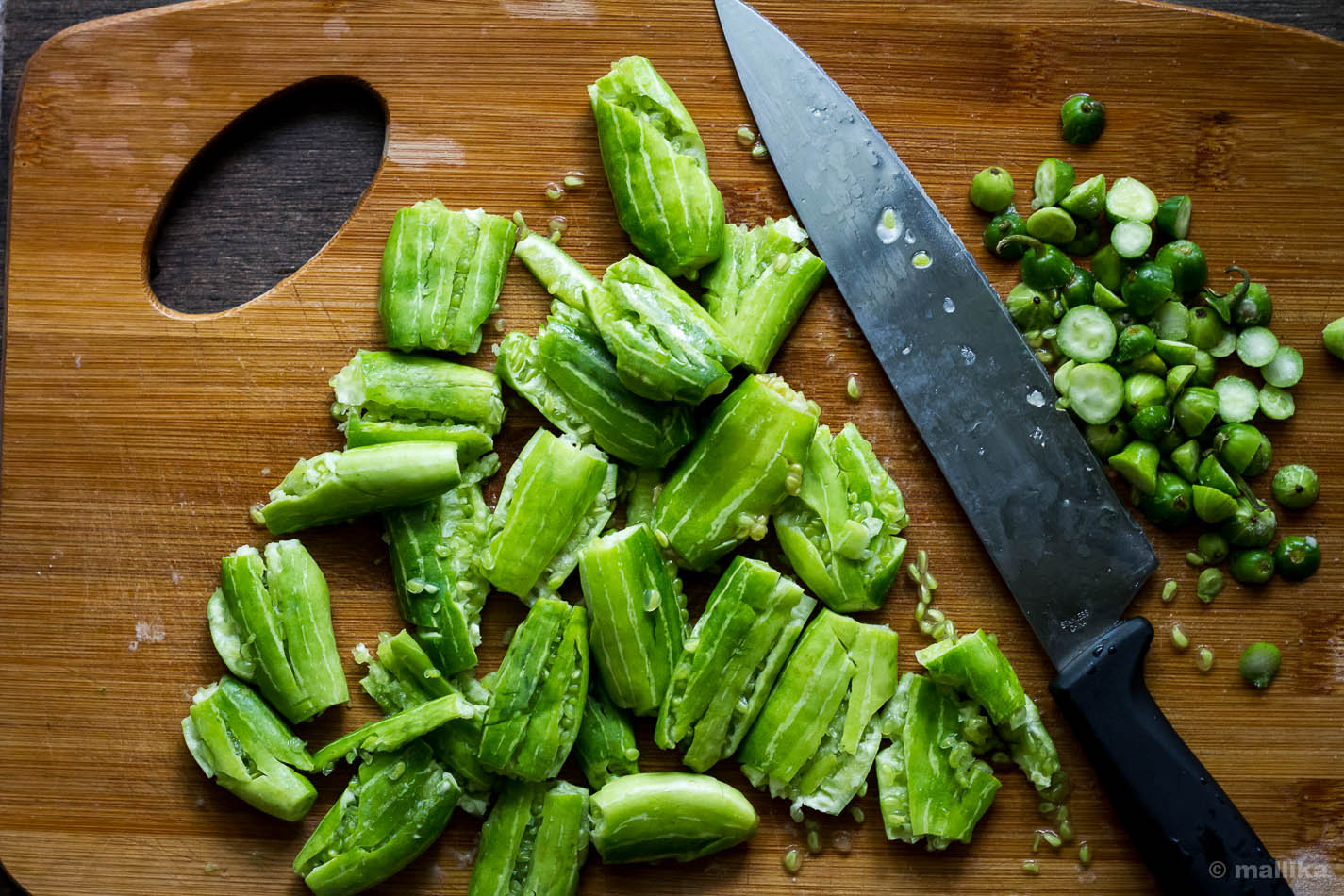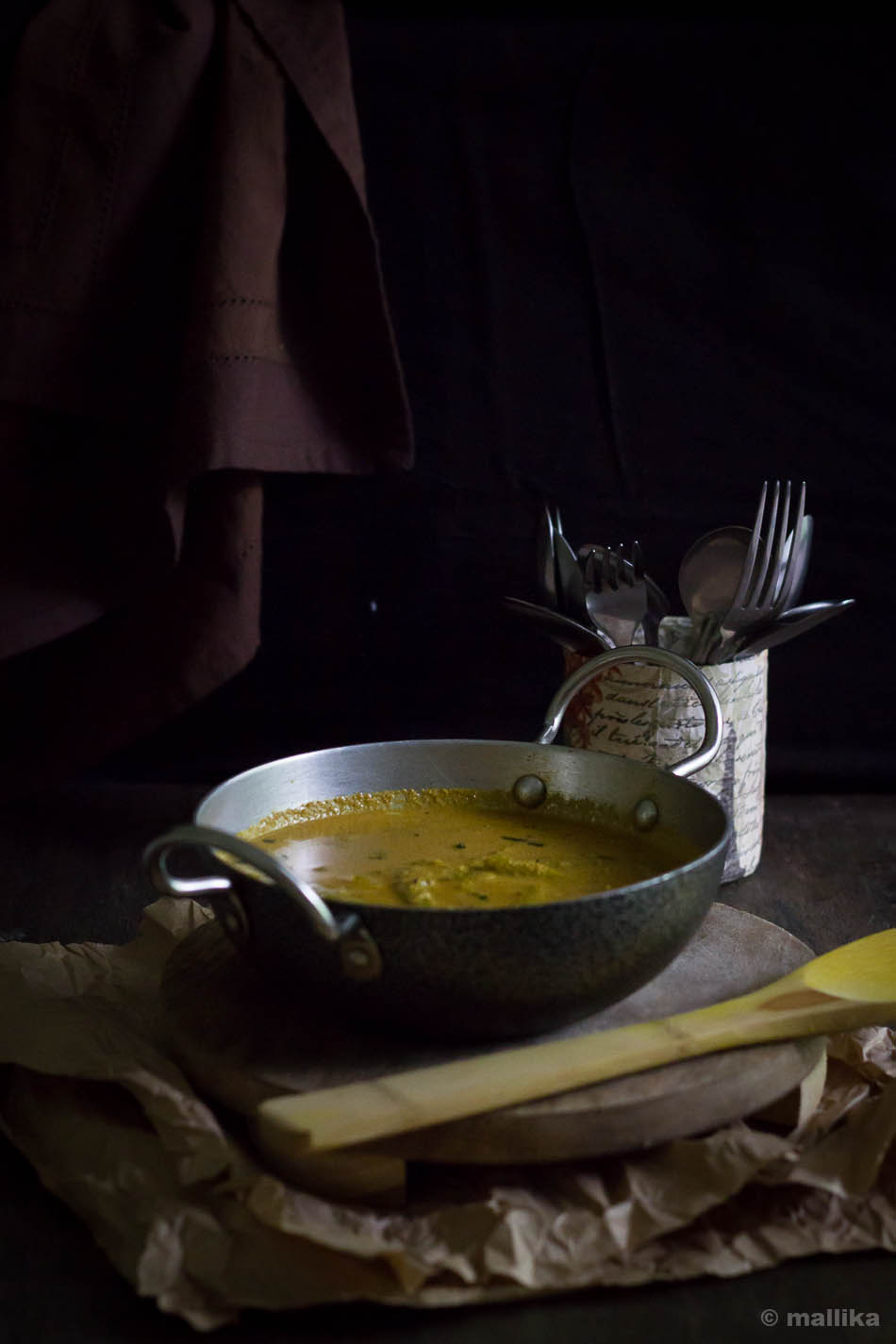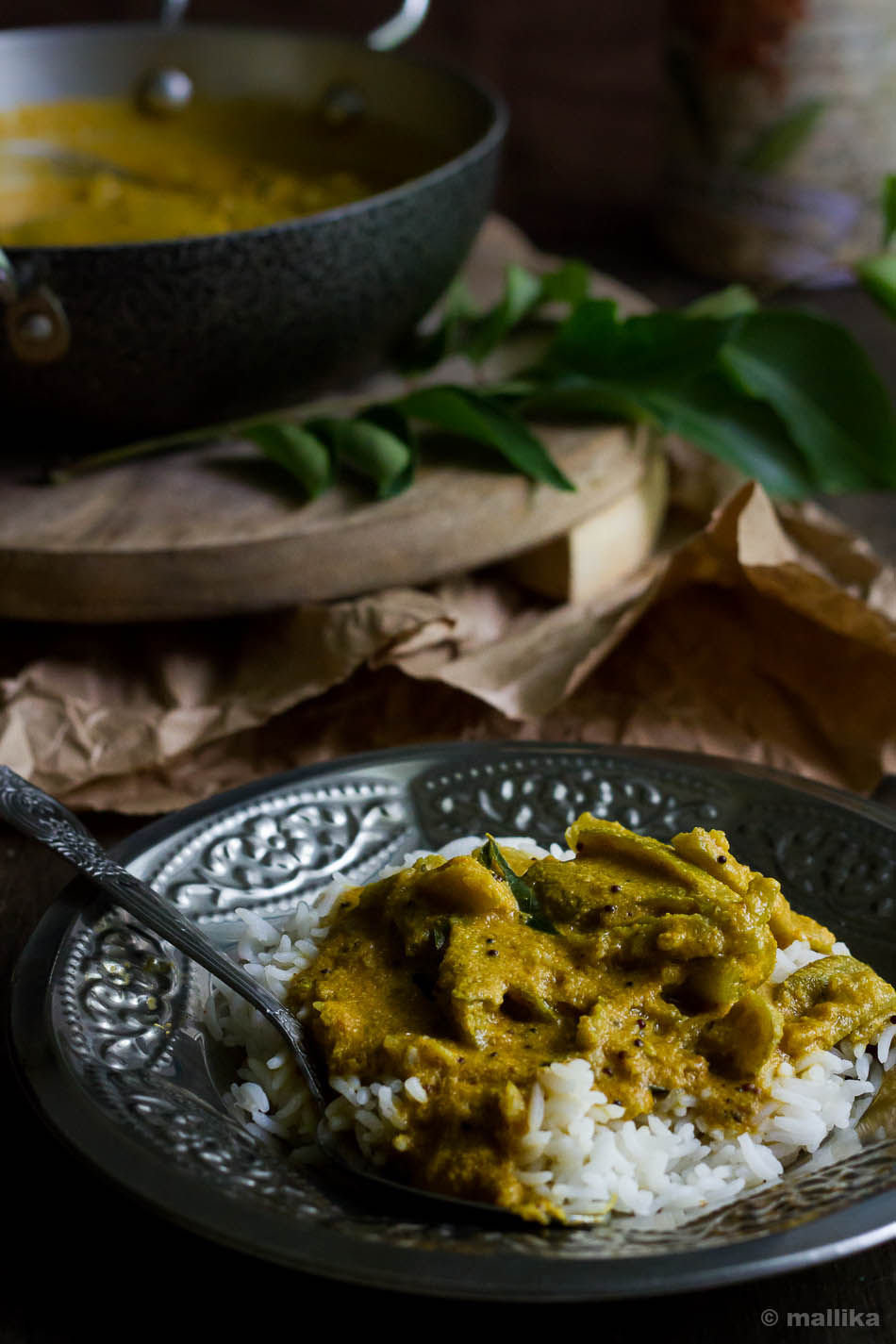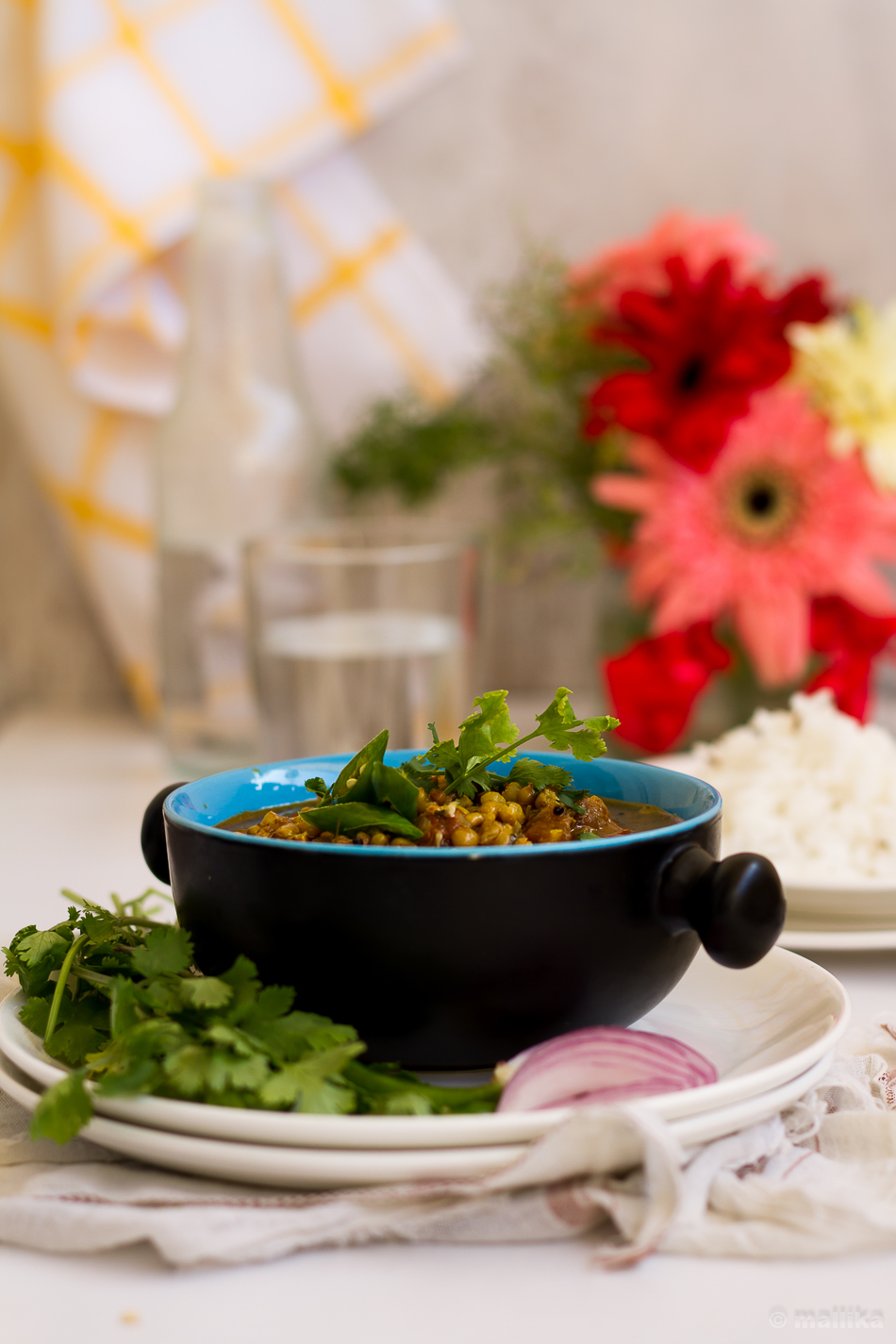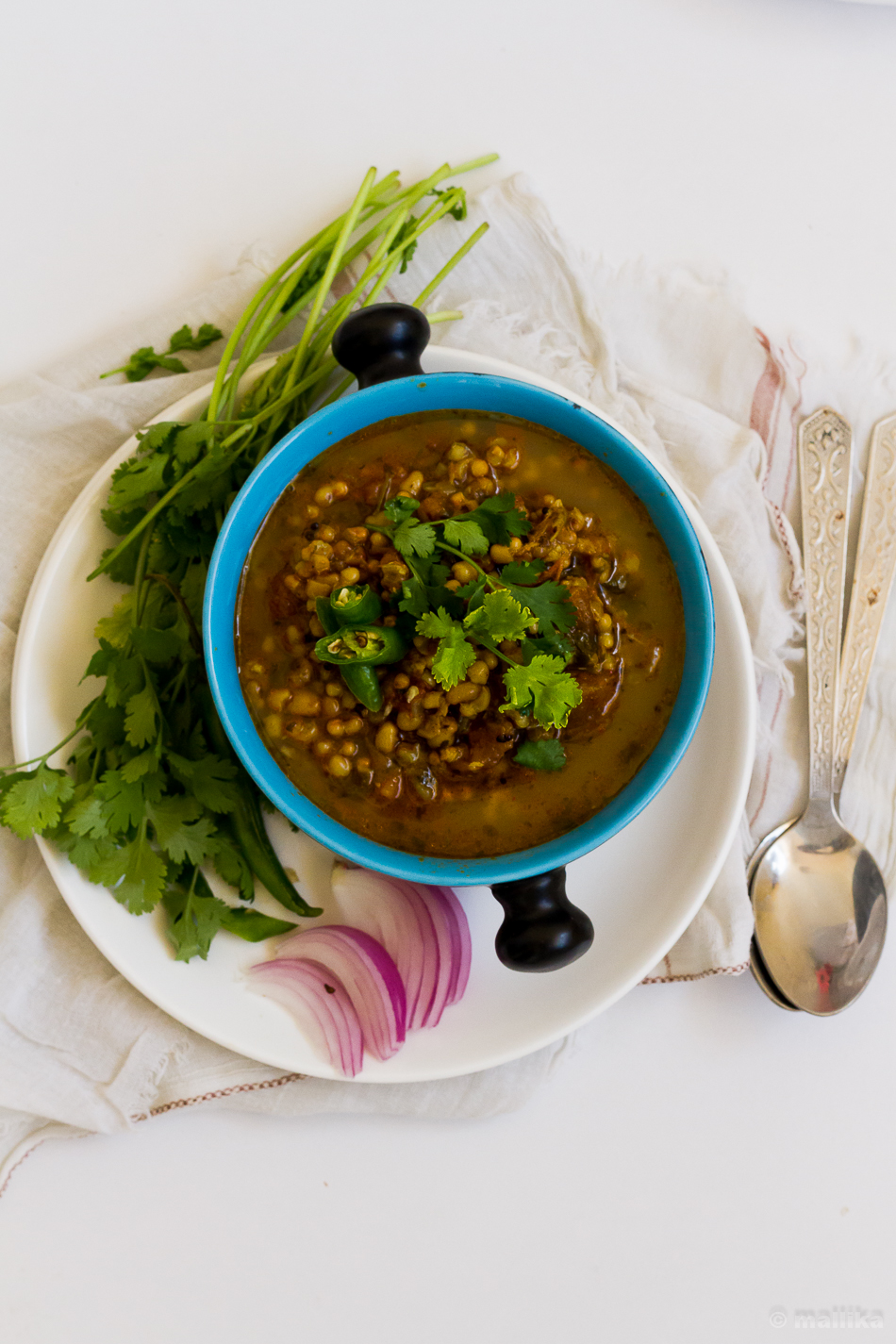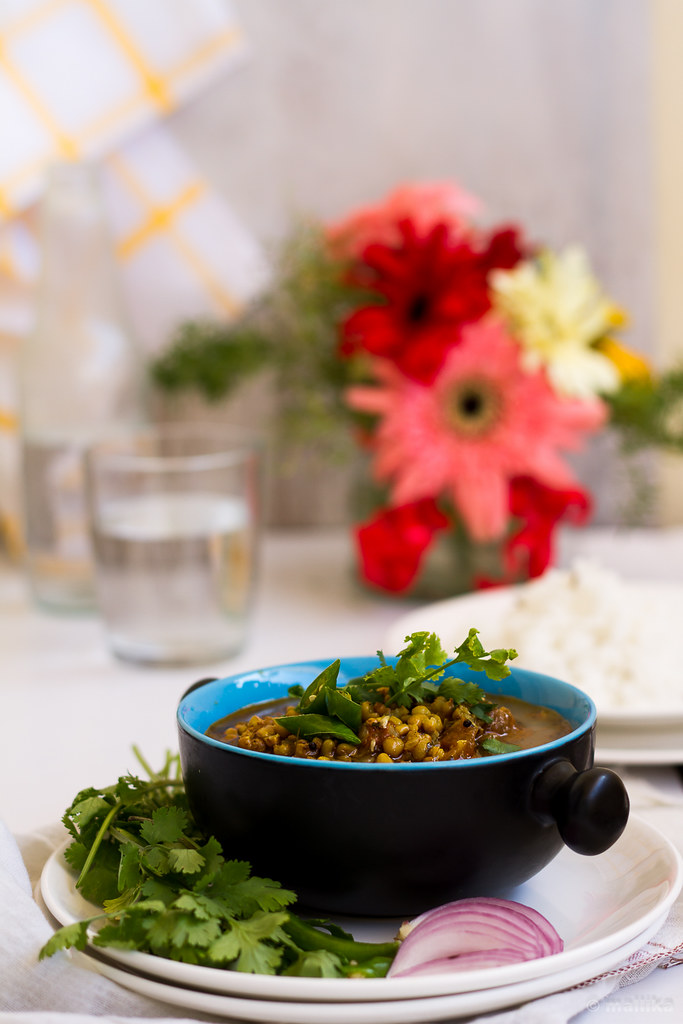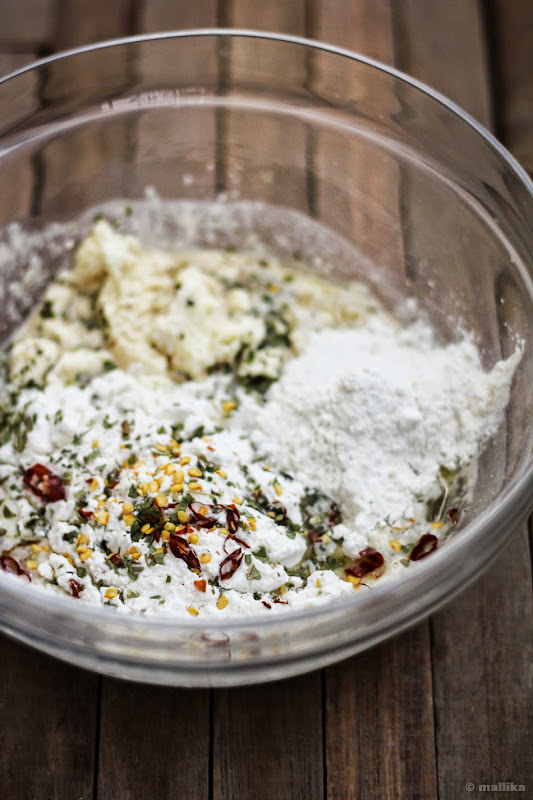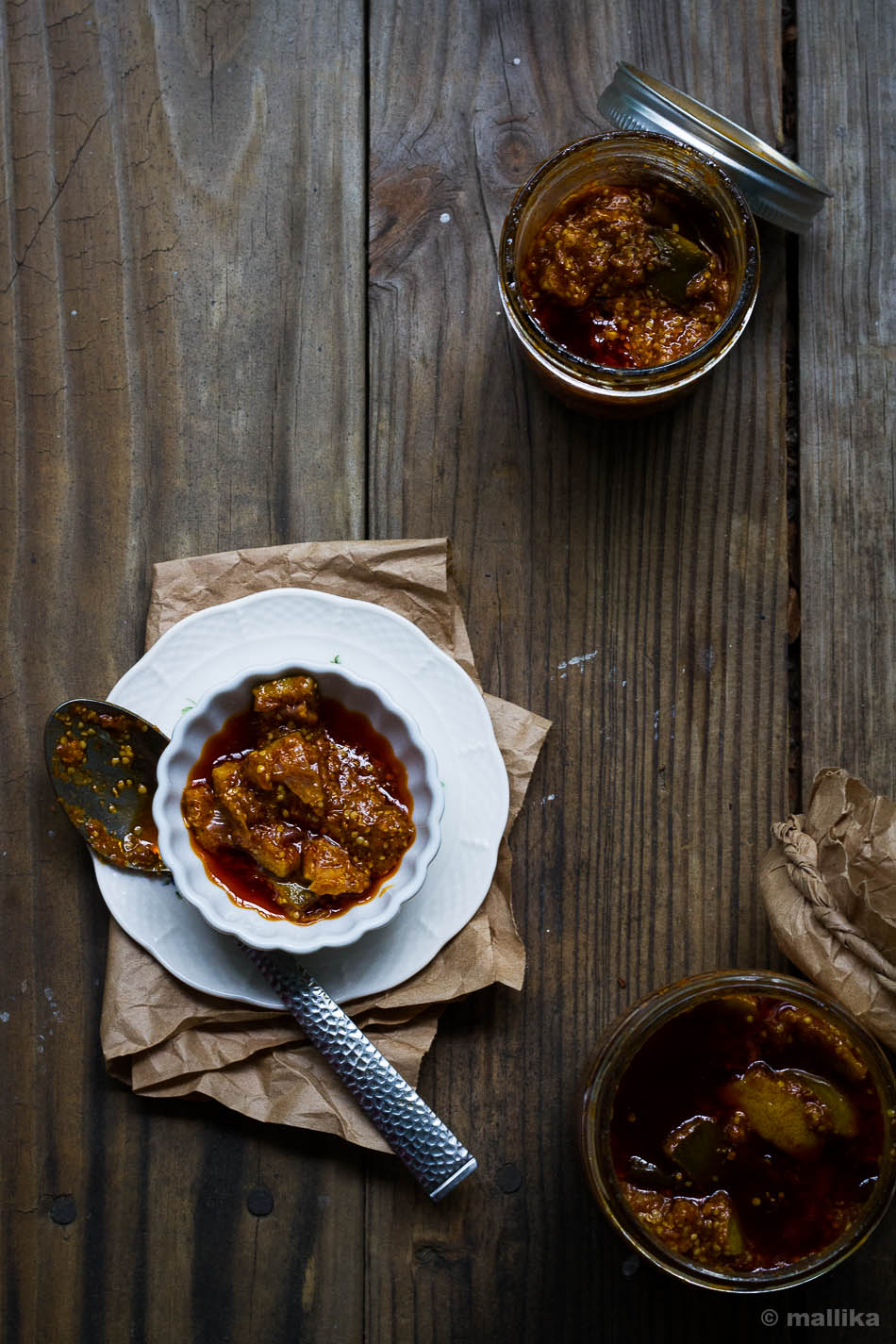'Rice Bath' is a common term used in Karnataka for dishes made with cooked leftover rice. It's a spiced rice where vegetables are added to make a nutritious and wholesome meal. The recipes differ from one family to another with many swearing by vaangi bath powder, and others using the readily available stash of sambhar or rasam powder. I keep it simple by using homeground sambhar powder that comes from my mom's kitchen. I've seen my mom do it that way and I've been following it ever since.
Rice Bath is made in a kadai or a large wok, unlike pulao or biryani where rice is cooked raw along with spices. It's a great way to revamp leftover rice and turn it into something more wholesome and scrumptious. This is also my go-to base recipe for Tomato Bath. I've used mini sweet bell peppers here, but it works equally good with capsicum, greens or vegetables of your choice.
Mini sweet bell peppers are tossed in a garlicky, onion and tomato base and stir fried with rice. Some frozen sweet peas are added too. Sambhar masala goes in for the heat. Sometimes I pep it up with red chilli powder when in a mood for spice. And finally I round it off with lemon juice for acidity and top it with roasted cashews for the crunch.
Rice Bath is made in a kadai or a large wok, unlike pulao or biryani where rice is cooked raw along with spices. It's a great way to revamp leftover rice and turn it into something more wholesome and scrumptious. This is also my go-to base recipe for Tomato Bath. I've used mini sweet bell peppers here, but it works equally good with capsicum, greens or vegetables of your choice.
Mini sweet bell peppers are tossed in a garlicky, onion and tomato base and stir fried with rice. Some frozen sweet peas are added too. Sambhar masala goes in for the heat. Sometimes I pep it up with red chilli powder when in a mood for spice. And finally I round it off with lemon juice for acidity and top it with roasted cashews for the crunch.
Mini Sweet Bell Pepper Rice Bath
INGREDIENTS
2 tbsp oil
1 tsp mustard seeds
2 garlic, finely chopped
1 small onion, finely chopped
1 sprig curry leaves
2 green chillies
2 tomatoes, finely chopped
8-10 slit mini sweet bell peppers
2 cups of cooked basmati rice
2 tsp sambhar powder
Salt to taste
Juice from 1 lemon
Roasted cashews and coriander leaves to garnish
DIRECTIONS
Heat 2 tbsp oil in a cast iron wok, add 1 tsp mustard seeds and let it splutter. Then add 2 chopped garlic cloves and 1 finely chopped onion and fry for few seconds. Next add torn curry leaves and chopped green chillies and fry for few seconds. Add about 2 tomatoes, finely chopped and fry till they soften and reduce in volume. Add 1/2 cup frozen peas and cook for a minute. Then add about 10 slit mini sweet bell peppers and stir fry for a minute. Add 2.5 cups of cooked basmati rice, 2 tsp sambhar powder and salt to taste. Stir the rice and masalas well so that the flavors are well incorporated. Cook uncovered for another 2 minutes on medium low heat. Remove from heat and add juice from one lemon. Garnish with roasted cashews and coriander leaves. Serve with a side of chilled yogurt or raita of choice.
